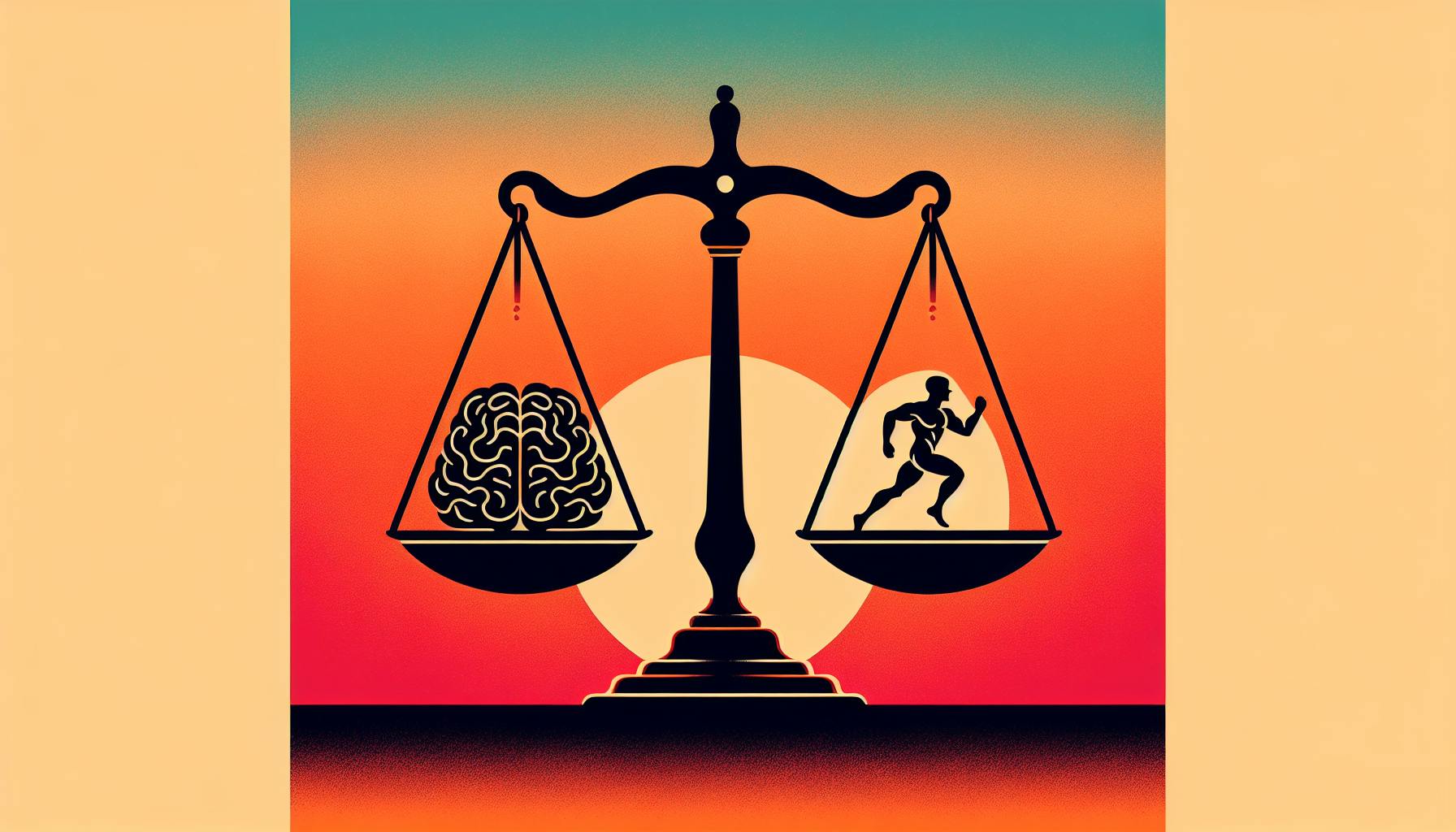Many business owners and nonprofits will agree:
The pandemic has created immense economic hardship and uncertainty.
The good news is that recent legislation aims to provide substantial relief through grants, loans, and other support.
In this article, we will clearly explain the key provisions of the Economic Aid Act, including expanded paycheck protection and financial assistance for small businesses, nonprofits, and entertainment venues hit hardest by COVID-19.
Introduction to Economic Aid and Recovery Efforts
The Economic Aid to Hard-Hit Small Businesses, Nonprofits, and Venues Act was passed in late 2020 to provide financial assistance and economic support to businesses impacted by the COVID-19 pandemic. Key provisions aimed to aid small businesses, nonprofits, and live venue operators through programs like the Paycheck Protection Program and Small Business Administration loans.
Deciphering the Economic Aid Act: Scope and Intent
The Economic Aid Act expanded and built upon prior COVID-19 relief efforts like the CARES Act. It extended critical funding and altered loan terms to better meet the needs of struggling organizations. Key goals included:
- Keeping small businesses and nonprofits financially afloat through the pandemic
- Enabling venues to cover costs with revenue down
- Supporting job retention and rehiring
- Providing accessible capital to boost recovery
Relief measures focused on the significant revenue losses and spiraling expenses confronting operators in these sectors.
Identifying the Beneficiaries of the Economic Aid Act
The Act targeted:
- Small businesses with 300 or fewer employees
- Small business concerns within food services and accommodation sectors
- Eligible nonprofits
- Live venue operators or promoters, theatrical producers, live performing arts organization operators, museum operators, motion picture theater operators, and talent representatives.
Loans, grants and other aid sought to provide urgent economic relief to these groups and catalyze recovery.
What is Section 324 of the Economic Aid to Hard-Hit Small Business?
Section 324 of the Economic Aid to Hard-Hit Small Businesses, Non-profits and Venues Act (Economic Aid Act) appropriated $15 billion in relief funding for live venue operators, theatrical producers, performing arts organizations, museums, and movie theaters. This section aims to provide financial assistance to these businesses and organizations that have experienced significant revenue losses due to the COVID-19 pandemic.
Some key points about Section 324 include:
- Eligible entities can receive grants equal to 45% of their gross revenue from 2019. The maximum grant amount is $10 million.
- Entities must have experienced at least a 25% reduction in revenue between 2019 and 2020 to qualify.
- The funding can be used for expenses such as payroll costs, rent, utilities, and personal protective equipment.
- Applicants must submit sufficient documentation proving they meet the eligibility requirements.
- The application period runs through March 11, 2022 or until the $16 billion fund is depleted.
- The Small Business Administrator is tasked with overseeing the program and distributing the grants.
In summary, Section 324 aims to deliver vital economic aid to businesses in the entertainment, events, and tourism industries that have faced extreme hardship during the pandemic. By providing this emergency funding, the Act hopes to prevent further closures and job losses in these sectors.
What is Section 336 of the Economic Aid Act?
Section 336 of the Economic Aid to Hard-Hit Small Businesses, Nonprofits, and Venues Act provides relief for seasonal employers that received Paycheck Protection Program (PPP) loans.
Specifically, it allows seasonal employers that were in operation for any 12-week period between February 15, 2019 and February 15, 2020 to calculate their maximum PPP loan amount based on the employer's average total monthly payments for payroll during any 12-week period between February 15, 2019 and February 15, 2020.
This means that some seasonal employers who received a PPP loan may now be eligible for a higher loan amount based on their seasonal calculations.
If a PPP lender determines a seasonal employer is eligible for an increased loan amount under this new guidance, they can submit a request through the SBA E-Tran Servicing site to increase the PPP loan amount accordingly. This can be done even if the original PPP loan has already been fully disbursed.
So in summary, Section 336 provides welcome relief and increased funding for seasonal small businesses impacted by COVID-19. By allowing seasonal employers to utilize 12 weeks of high seasonal activity to calculate payroll costs, many will now have access to larger PPP loans to support their business and employees.
Was PPP part of the CARES Act?
Yes, the Paycheck Protection Program (PPP) was established as part of the Coronavirus Aid, Relief, and Economic Security (CARES) Act signed into law on March 27, 2020.
The PPP is a loan program administered by the U.S. Small Business Administration (SBA) to help certain businesses, self-employed workers, sole proprietors, nonprofit organizations, tribal concerns, and veterans organizations continue paying their workers.
Specifically, the CARES Act in Section 1102 authorized the SBA to provide loans under the existing 7(a) small business lending program. Rules around these loans were adjusted by the Act to fit the current economic conditions caused by the COVID-19 pandemic.
Some key details around PPP as part of the CARES Act:
- PPP was originally funded with $349 billion through the CARES Act. Additional funding has followed in later relief packages.
- Loans can be fully forgiven if certain conditions are met around maintaining payroll and employees.
- Loans have a 1% interest rate and 2 year loan term.
- Businesses and nonprofits with 500 or fewer employees are eligible for the loans.
So in summary, the PPP was designed under the CARES Act specifically to help small businesses and organizations retain employees during the economic crisis. It allows them to access emergency loans, with possible loan forgiveness, to keep their workforce stable.
sbb-itb-585a0bc
Who is not eligible for a PPP loan?
If your business has permanently closed, you are not eligible for a PPP loan. The Paycheck Protection Program (PPP) aims to provide financial assistance to small businesses and nonprofits impacted by the economic effects of the COVID-19 pandemic.
To be eligible for a PPP loan, your business must have been operational on February 15, 2020. If you have permanently closed your business since then, you do not qualify.
However, if you only temporarily closed or halted operations due to the pandemic, you may still be eligible. The Economic Aid Act provides more flexibility for seasonal businesses and those that were temporarily closed.
To determine your eligibility, refer to the PPP interim final rule published by the Small Business Administration (SBA). The rule outlines all eligibility criteria in detail. You can also consult with an SBA-approved lender for guidance.
Key takeaways:
- Businesses that permanently closed after February 15, 2020 are not eligible
- Temporary closures or halted operations may still qualify
- Refer to the SBA's eligibility criteria for more details
Seeking clarity from official sources can help you understand if you meet the requirements to apply for a PPP loan. Acting quickly while funds remain available also improves your chances of securing this financial assistance.
Business Loan Program Temporary Changes under the Economic Aid Act
Introduction to Paycheck Protection Program Second Draw Loans
The Economic Aid Act introduced the Paycheck Protection Program (PPP) Second Draw Loans to provide additional financial assistance to small businesses that previously received a PPP loan. To be eligible, small businesses must:
- Have 300 or fewer employees
- Demonstrate at least a 25% reduction in gross receipts between comparable quarters in 2019 and 2020
- Have used or will use the full amount of their first PPP loan
The maximum loan amount for second draw PPP loans is 2.5x the average monthly payroll costs in the year prior to the loan or $2 million, whichever is less. At least 60% of the loan must cover payroll costs to qualify for full loan forgiveness.
Simplifying PPP Loan Forgiveness
The Economic Aid Act streamlines the forgiveness process for PPP loans under $150,000. Small businesses can now submit a simple, one-page forgiveness application that requires them to detail:
- The loan amount
- The number of employees retained
- An estimate of the amount spent on payroll costs
The SBA must forgive these loans within 30 days. This simplified process reduces the documentation burden for small business owners.
Expansion of Allowable Uses for PPP Loans
The Act expands the allowable uses for PPP loan funds. In addition to payroll costs, rent, utilities, and existing debt interest, the updated guidelines enable small businesses to allocate funds toward:
- Covered worker protection and facility modification expenditures
- Covered property damage costs
- Covered supplier costs
- Covered operations expenditures
This provides small businesses with greater flexibility in deploying funds to cover a wider range of operational costs and remain resilient through the crisis.
Grant Programs for Shuttered Venues
The Shuttered Venue Operators Grant program was established under the Economic Aid Act to provide targeted assistance to entertainment venues impacted by the COVID-19 pandemic. As part of the Act's $900 billion economic relief package, $15 billion in grants are allocated to shuttered venues such as live music halls, theaters, museums, movie theaters, and talent agencies.
Criteria for Shuttered Venue Grant Eligibility
To qualify for a Shuttered Venue Operators Grant, an entity must meet the following criteria:
- Operate as a live venue operator or promoter, theatrical producer, live performing arts organization, museum, movie theater, or talent representative
- Have been fully operational as of February 29, 2020
- Have gross earned revenue of no more than $10 million in 2019
- Have experienced at least a 25% reduction in gross earned revenue in one quarter of 2020 as compared to 2019
- Intend to remain operational and reopen once COVID-19 restrictions are lifted
- Have not received a Paycheck Protection Program loan after December 27, 2020
Priority is given to venues that have faced 90% or more loss in revenue. Grants awarded can total up to 45% of a venue's gross earned revenue from 2019, with a maximum of $10 million.
Allocating Grant Funds for Venue Operations
Grant funds awarded under the Shuttered Venue Operators Grant program can cover the following operating expenses:
- Payroll costs
- Rent payments
- Utility bills
- Scheduled mortgage payments
- Scheduled debt payments
- Worker protection expenditures
- Payments to independent contractors
- Other ordinary and necessary business expenses
Grant funds cannot be used to purchase real estate, pay taxes, or for payments of non-ordinary expenses. Proper documentation must be maintained for costs covered by grant funds. Misuse of funds could require repayment under SBA oversight.
Enhanced Support for Nonprofits through Economic Aid
The Economic Aid Act aims to provide targeted support for nonprofit organizations, especially those in the cultural sector that have been severely impacted by the pandemic.
Targeted Economic Relief for Cultural Institutions
The Act allocates $175 million in dedicated funding to be distributed through the Small Business Administration to eligible museums and cultural nonprofits. This includes museums, zoos, aquariums, botanical gardens, theaters, and more. The funding will help these organizations continue operations and retain employees during challenging times.
To be eligible, organizations must:
- Be a 501(c)(3) nonprofit
- Operate as a museum or other similar public-serving cultural institution
- Demonstrate at least a 35% loss in revenue during 2020 due to the pandemic
The SBA will administer applications and distribute funding to eligible organizations. This targeted economic relief measure recognizes the vital role of arts and culture in communities.
The Community Navigator Pilot Program
The Economic Aid Act also establishes the Community Navigator Pilot Program, a $100 million fund to support community organizations in helping small businesses and nonprofits access federal aid and relief programs.
Navigators will perform local outreach, raise awareness of relief programs, provide technical assistance, and help small organizations apply for funding and comply with reporting requirements. This aid aims to reach historically underserved communities.
Overall, the Act provides meaningful support so nonprofits can continue serving their communities during the pandemic.
Conclusion: Assessing the Impact of the Economic Aid Act
The Economic Aid Act provides critical financial assistance for small businesses, nonprofits, and venues that continue to face economic hardship due to the COVID-19 pandemic. Key takeaways regarding the act's impact include:
Recap of Economic Support Measures for Small Businesses and Nonprofits
The Economic Aid Act extends and expands the Paycheck Protection Program, allowing certain small businesses to apply for a second PPP loan. This aims to support business continuity and retain employees. The act also clarifies that nonprofits are eligible for PPP loans, enabling vital community organizations to maintain operations.
Overall, the Economic Aid Act offers essential lifelines for small businesses and nonprofits amid an extremely challenging economic climate. As the pandemic persists, the programs and policy changes established under this act will play a significant role in stabilizing affected companies and driving recovery.


